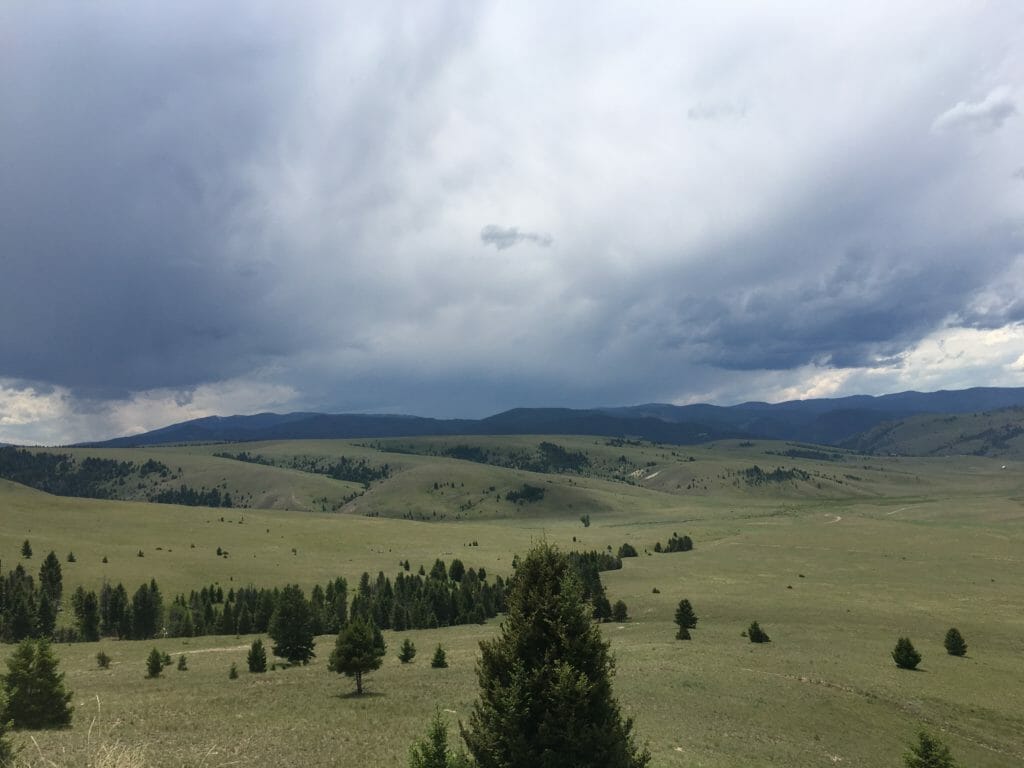
It looks like an out-of-place slip-and-slide placed into a meadow alongside a tributary of Rock Creek. It is, in fact, a fish screen. Like so many western trout streams, Rock Creek and its tributaries are important sources of irrigation for farmers and ranchers.
In the past, many irrigators would dam a creek, and divert its flow into a ditch where it would then be spread across fields. As the water levels in the stream drop, the irrigator would raise the level of the dam in the creek to ensure flow into the ditch.
While an effective way to irrigate a field, it’s tough on trout.
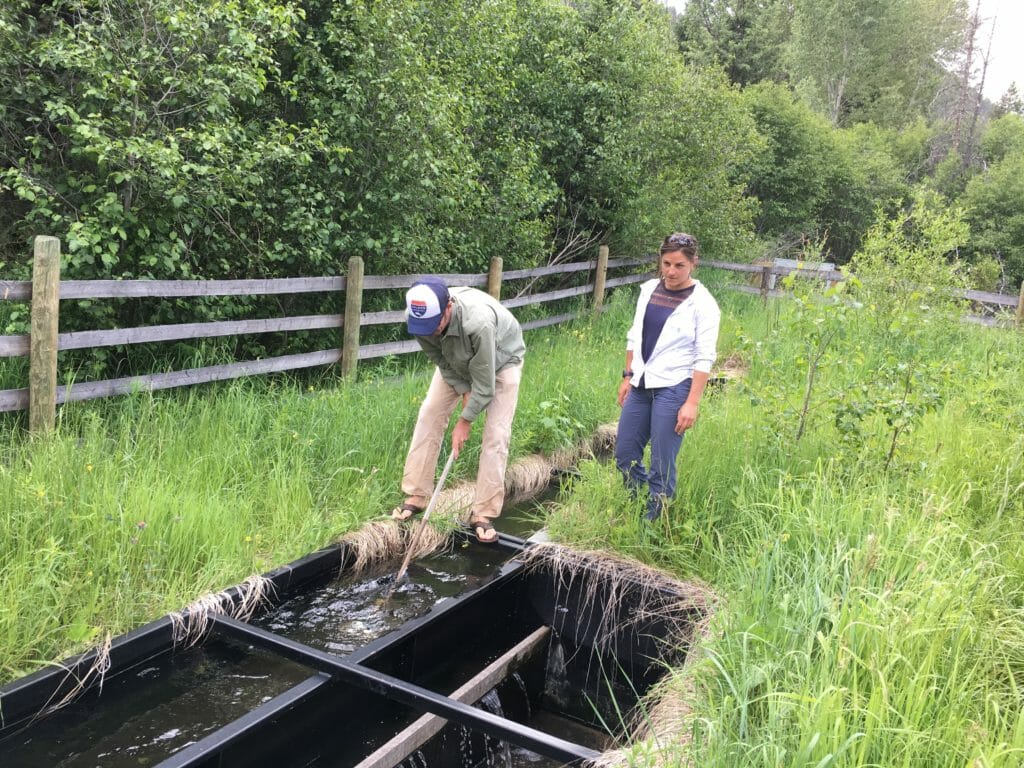
Irrigation diversions can stop fish from migrating upstream to smaller tributaries to spawn. They can also result in fish—both juveniles and adults—that are moving downstream being diverted into the ditch where they will become trapped and eventually die.
Biologists have discovered that Rock Creek has genetically pure westslope cutthroat trout, and that those fish are disproportionately important to recovering trout abundance in the downstream Clark Fork River.
Rock Creek is an almost perfect trout stream—deep pools, riffles, long runs, cut-banks, meanders. Montana is known for its big burly rivers such as the Missouri and the Bitterroot, but Rock Creek is a little gem of a trout stream, and just 20 miles east of Missoula.
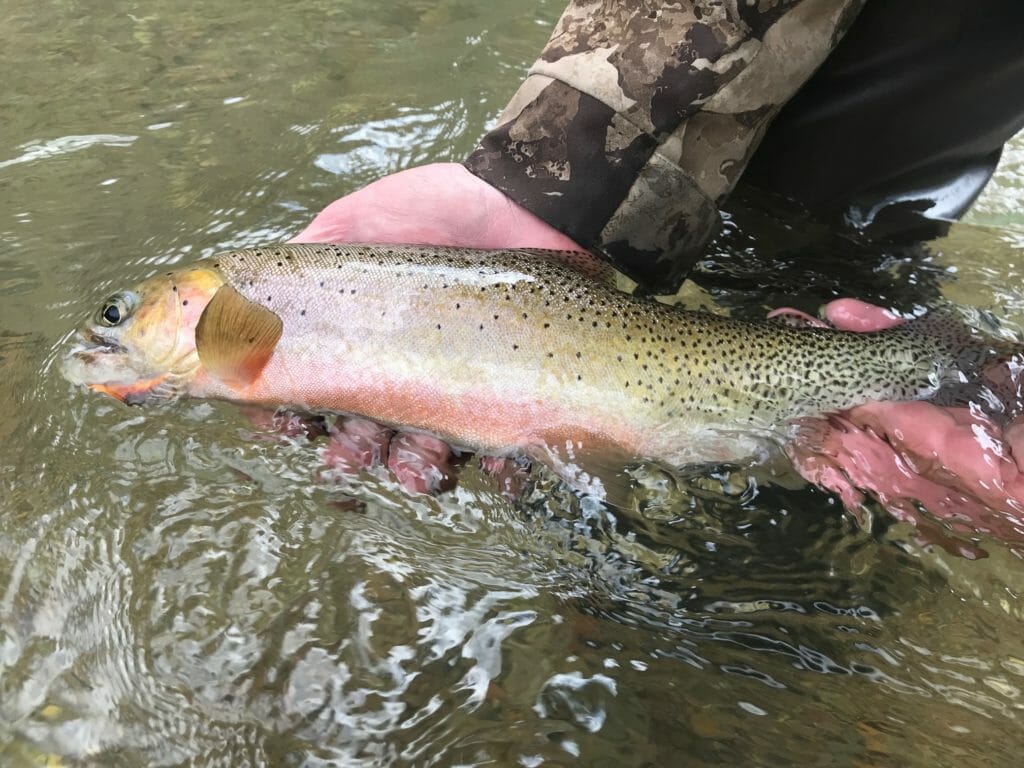
Tess Scanlon aims to keep it that way. Tess is part of a team of nine TU staffers who are working to “protect the best, restore the core, and reconnect the rest” of the Clark Fork River and its tributaries, including Rock Creek.
Rock Creek escaped many of the injustices that were visited on other parts of the Clark Fork watershed. In the headwaters of the Clark Fork, for example, TU has worked hard to recover tributaries turned upside-down and polluted by historic placer and hard rock mining.
Tess was hired a year ago. The Westtslope Chapter in Montana came to national Trout Unlimited and offered to pay half the salary for Tess’ position, if national TU would front the rest.
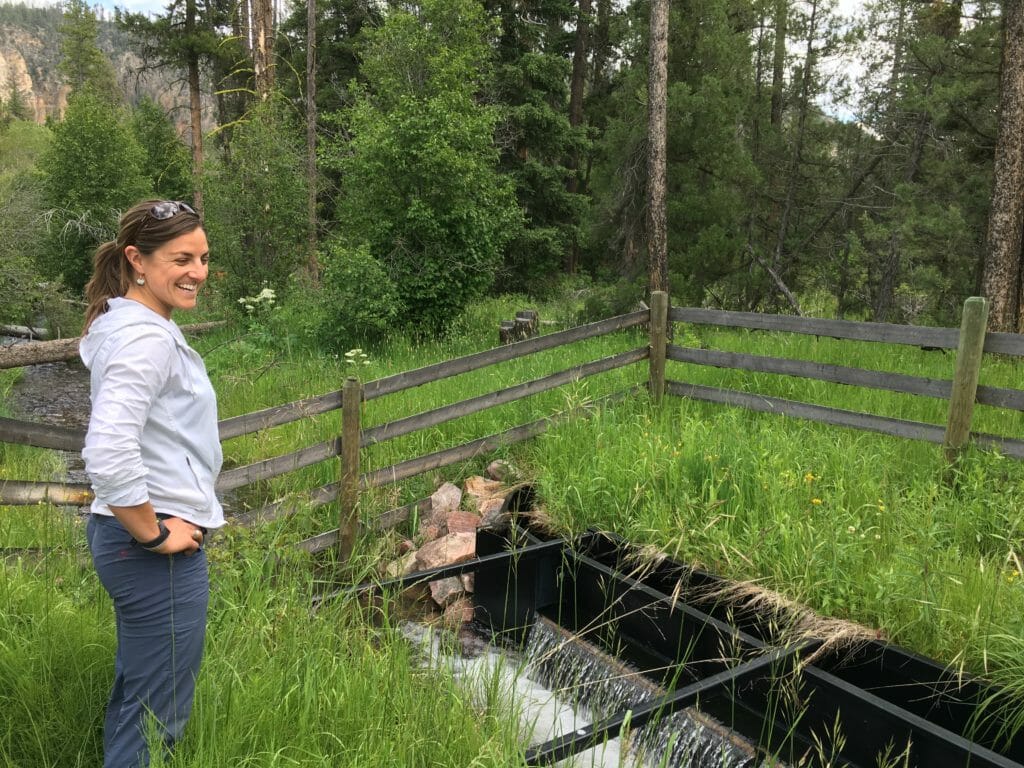
How could we not agree?
This chapter-national partnership approach to restoration was pioneered by the Jackson Hole Chapter on the headwaters of the Snake River and also followed by the Madison-Gallatin Chapter in the Upper Missouri River.
One of the first things TU did was to create the “Race up Rock Creek.” Working with the Montana Department of Fish Wildlife and Parks, tags are implanted into native cutthroat trout. People then watch on their computers or phones to where and how far the tagged trout travel. Tess and her partners use the data to make decisions about where barriers are a problem.
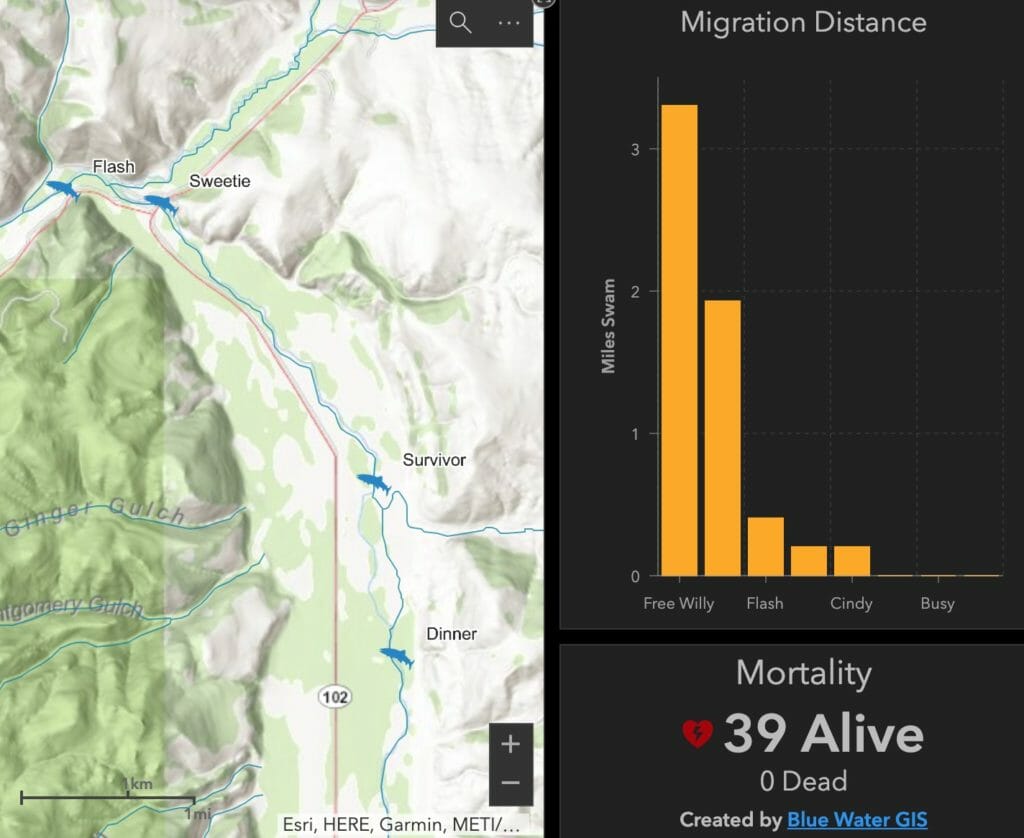
On Tuesday, Tess and another TU staffer, Warren Colyer, showed me a fish-friendly irrigation screen on a tributary of Rock Creek. It has a head gate that does away with the need for a dam. Its patented technology allows fish to pass without getting trapped in the irrigation ditch.
“Irrigators aren’t usually taking more water than they are allowed,” Tess said. “But sometimes they are taking just a little bit more than they need. Time and time again, when you give people the ability to control their water, they will use less.In Montana using less water means that we can leave more water instream for late season flows. Landowners may then lease the ‘saved water’ and make a little extra money.”
Everybody wins.
Casey Hackathorn, another TU colleague who works in the Clark Fork Basin, is on the verge of completing a similar project on Harvey Creek. Casey worked with a landowner to install fence to keep the cows from trampling the banks. He then consolidated six irrigation ditches into one. The result was a four-fold reduction in water use. Casey and TU’s instream flow sage, Stan Bradshaw, are now working with the landowner to lease the saved water back to the creek.
Projects such as these will help to ensure that wild and native fish in Rock Creek will be better able to withstand the effects of climate change, including drought and warmer stream temperatures.
Rock Creek is a great trout stream. We intend to keep it that way.
Chris Wood is the president and CEO of Trout Unlimited. He works from TU’s Arlington, Va., headquarters


